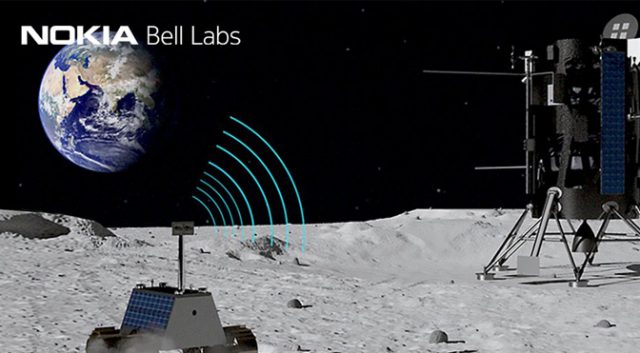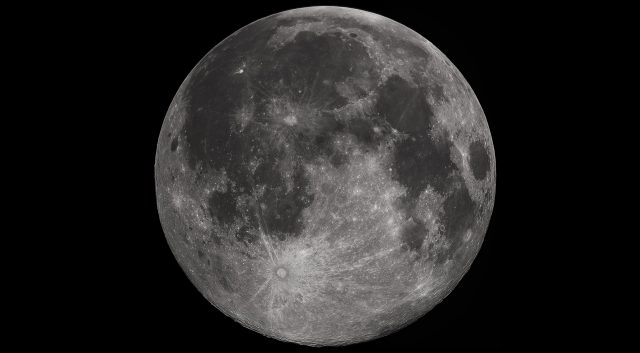
Companies have been building cell towers all over Earth for decades, and yet, you still don’t have to look hard to find dead zones. Some people even live in places where they can’t get a bar to save their lives. Soon, the surface of the moon might even have better cell service than your living room. NASA has awarded Nokia $14.1 million to develop a lunar 4G LTE network for astronauts.
The grant is part of NASA’s Tipping Point initiative to develop new technologies that support space exploration. The latest iteration of the program has a total value of $370 million. In addition to Nokia’s LTE plans, NASA has chosen to fund research into cryogenic fuel transfer technology at SpaceX, lunar oxygen extraction at Sierra Nevada Corporation, and more.
NASA, of course, is planning ahead for the upcoming Artemis Program, which will see the first woman set foot on the moon. The communication systems currently in place rely on simple radio frequency signals. A true cellular network on the moon could provide much more reliable communication over a larger area. It could even be more efficient than LTE here on Earth because there are no obstacles (or air) to degrade the signal.
Nokia’s Bell Labs says it will design the network in such a way that it will be upgradable to 5G in the future. The company hasn’t mentioned anything about frequencies, but there won’t be a lot of interference on the moon. Many of the coverage and reliability issues here on Earth are due to obstructions and crowded wireless spectrum. On the moon, NASA will have its pick of cellular bands. This might even be a viable use case for millimeter-wave 5G down the road. These signals are very fast but unreliable on Earth because they degrade quickly and can’t pass through walls—not many of those on the moon!
So, why not just use existing cellular tech on the moon? We can’t deploy terrestrial cell tower technology there because it’s a vastly more harsh environment. There’s no atmosphere, and temperatures range from 250 to -208 degrees Fahrenheit. The levels of radiation will also fry electronic components that are not hardened against it. Nokia hopes to develop hardware that will address all these issues without taking up too much space in cargo vessels. You’ve probably seen the transmitters atop towers here on Earth. They’re not very portable, and every ounce counts when you’re launching a rocket to the moon.
The initial $14.1 million grant won’t get us all the way to streaming Netflix on the moon, but it will allow the company to demonstrate its technology. It can then pursue additional funding to bring LTE to the moon.
Now read:
- The Moon Has More Radiation Than We Thought, a New Problem for Astronauts
- NASA’s Next-Gen Spacesuit Is Being Tested Underwater
- Scientists Might Have Found the Moon’s Missing Metal



